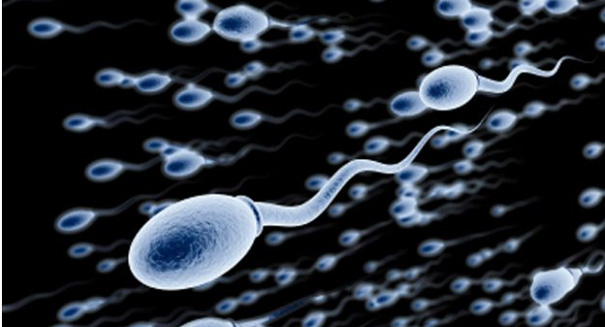
A fascinating new study has identified a gene that is responsible for determining whether a vertebrate's germ cell will develop into a sperm or an egg.
The biology that guides the reproductive process still mystifies many scientists, but researchers in Japan have made a shocking discovery. According to a report from Reuters, scientists have identified a gene that determines whether the “precursor cells” for reproduction, known as germ cells, will develop into eggs or sperm.
On Thursday, the team of scientists described experiments in which a small fish called the medaka, also known as the Japanese rice fish, revealed the function of a gene called foxl3. The team looked at germ cells in both sexes, but struggled to identify the molecular mechanism that made the call one way or the other.
The researchers found that foxl3 was primarily active in a female’s germ cells, and works to prevent them from turning into sperm cells instead of egg cells. The gene was not present in the cells surrounding the fish’s reproductive organs.
When foxl3 was inactivated in the female fish, the germ cells were observed turning into sperm cells rather than eggs. The sperm cells developed in females lacking foxl3 were fully functional, going on to fertilize other egg cells and produce healthy offspring.
Though foxl3 isn’t present in humans, the researchers suspect that there is a similar genetic mechanism present in our bodies that determines the outcome of developing germ cells. Previously, the scientific community regarded germ cells as passive, regulated by the functions of other, surrounding cells.